

The grid method for multiplication is a written method for multiplying numbers. It can also be referred to as the area model.

The grid method in maths is a written method that is used to multiply numbers. It involves partitioning numbers according to their place value and then multiplying them together.
At school, the grid method is taught because it makes multiplying numbers easier by breaking them into their separate place values and multiplying them step-by-step.
Some of the benefits of using the multiplication grid method include:
The examples below are step-by-step explanations of how to use the grid method when multiplying. Grid method multiplication questions are usually laid out in a box like the examples below. The amount of rows and columns will vary depending on the numbers you're multiplying. The larger the numbers, the more rows and columns you'll have.
To solve the multiplication 26 × 5, the following steps are carried out:
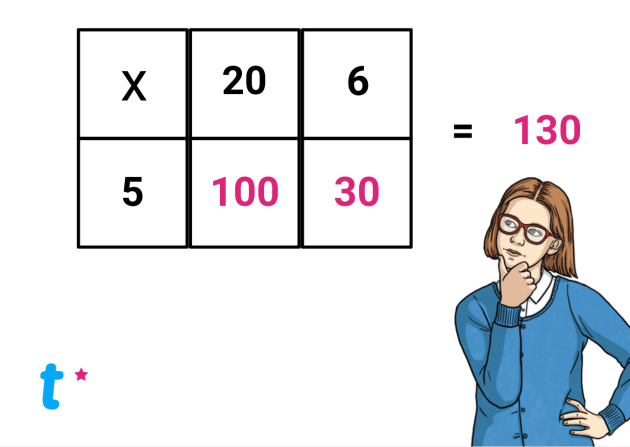
The image below shows how to multiply 24 × 23 using the grid method.
The only difference to the method used for the one-digit by a two-digit number is that both numbers have to be partitioned before carrying out any calculations.
To add the numbers, there is the option of mentally calculating the answer or using a more formal method of multiplication (see below).
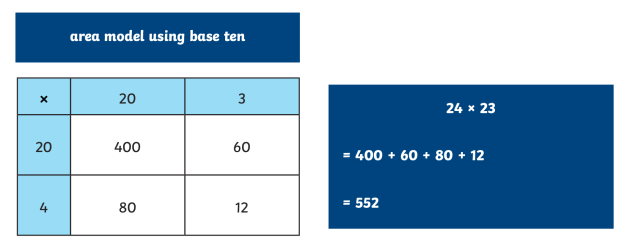
Children will learn to multiply up to a four-digit by two-digit number during key stage 2 and the grid method can be used to help prepare children for the more formal methods.
The features of the grid method will vary depending on the amount of digits involved in the calculation. The examples below highlight this.
three-digit by one-digit: 234 × 3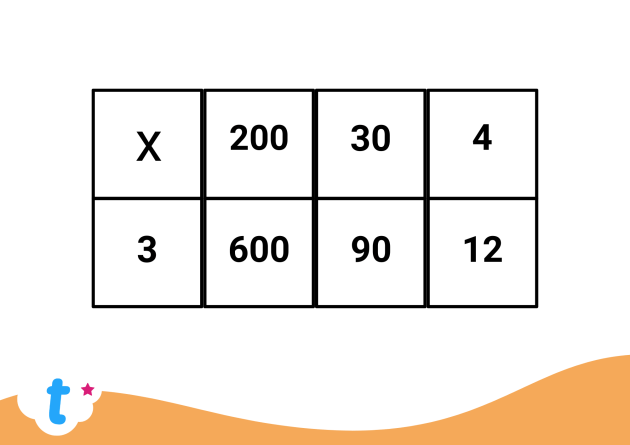
four-digit by one-digit: 4638 × 4
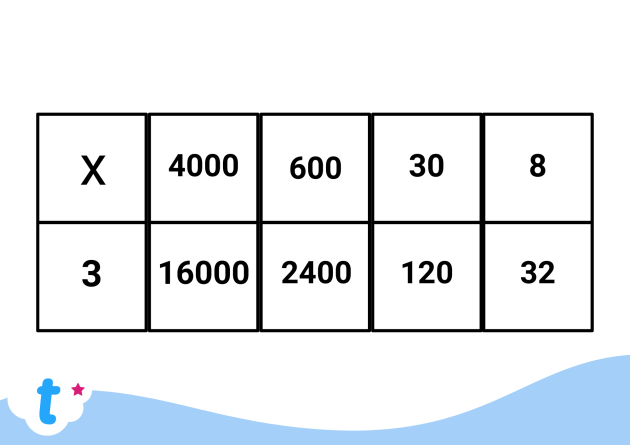
three-digit by two-digit: 354 × 46
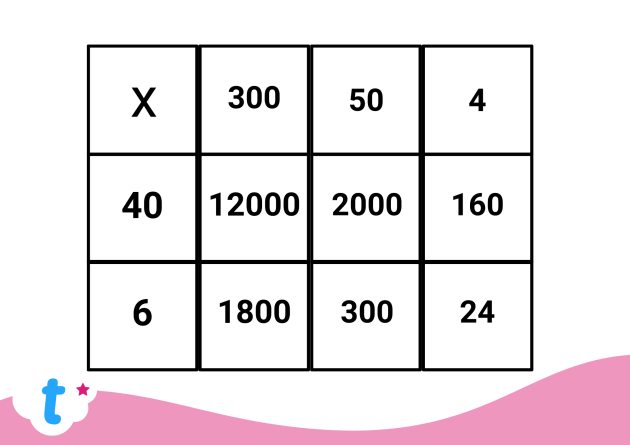
four-digit by two-digit: 4236 × 23
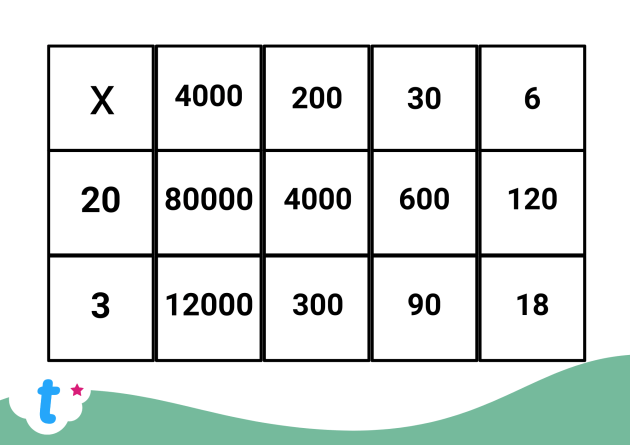
The grid method can be introduced in year 3, as this is when children are first required to multiply a two-digit number by a one-digit number.
The grid method is not specifically mentioned in the primary maths national curriculum. However, it is a very popular written method, which maths teachers use when introducing their class to multiplications that go beyond the times tables facts.
As year 5 and year 6 pupils learn how to use long multiplication, the grid method is a fantastic tool for preparing year 3 and year 4 children for the trickier methods they will learn to use in upper key stage 2.
Learning about multiplication comes under the ‘Calculation’ strand of the national curriculum for England.
For more information or guidance please see the official national curriculum website: National curriculum in England: mathematics programmes of study
Year 3
Pupils should be taught to:
Year 4
Pupils should be taught to:
Year 5
Pupils should be taught to:
Year 6
Pupils should be taught to:
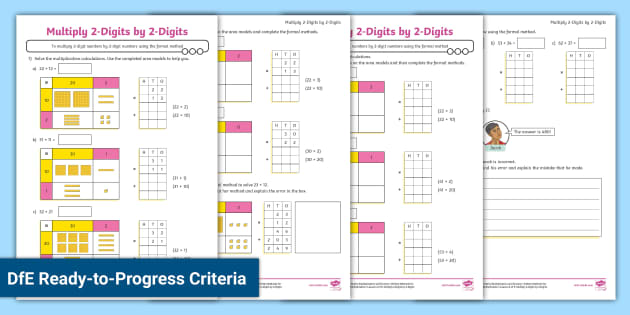
Multiply 2-Digits by 2-Digits Differentiated Year 5 Maths Activity Sheets

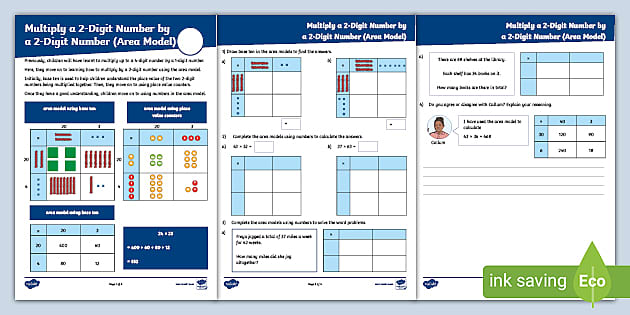
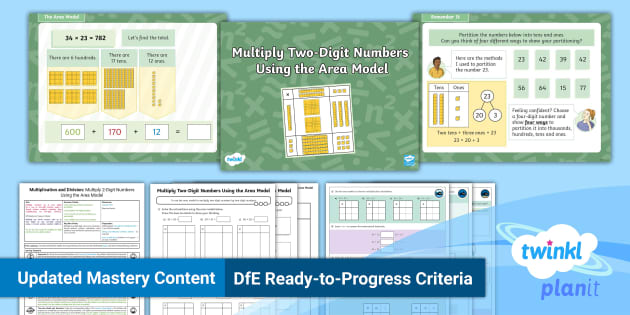
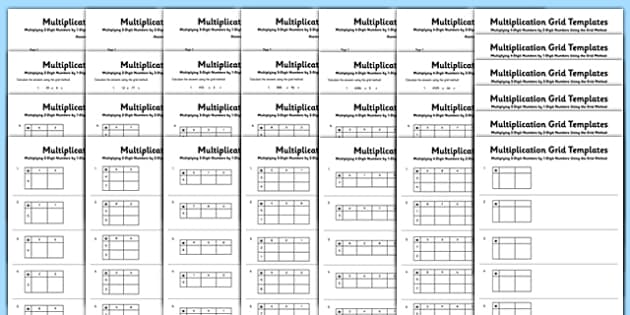
Grid Method Worksheets Multiplication